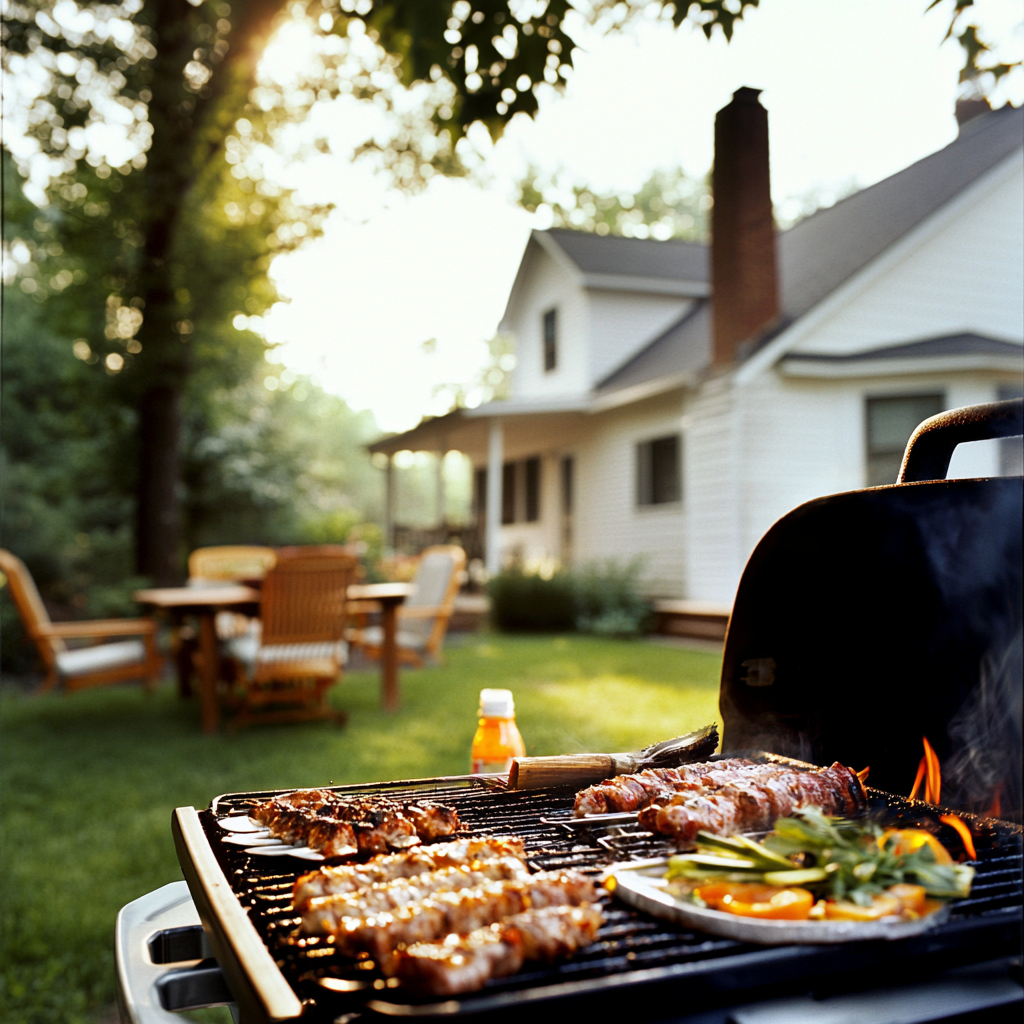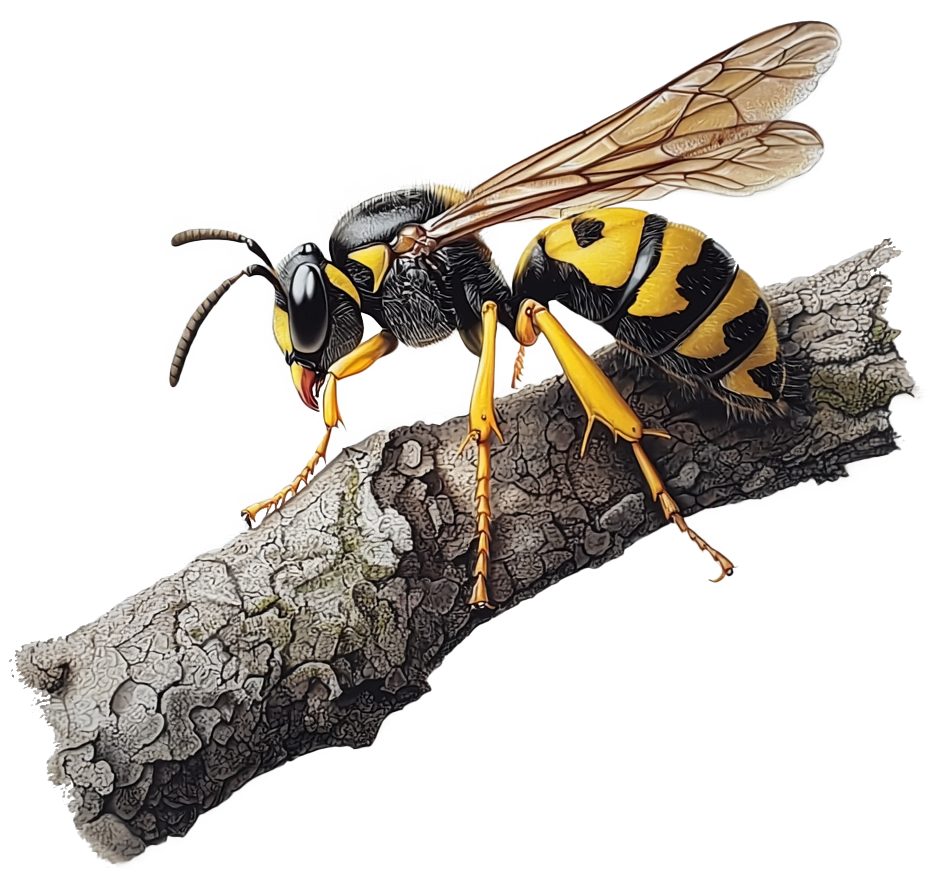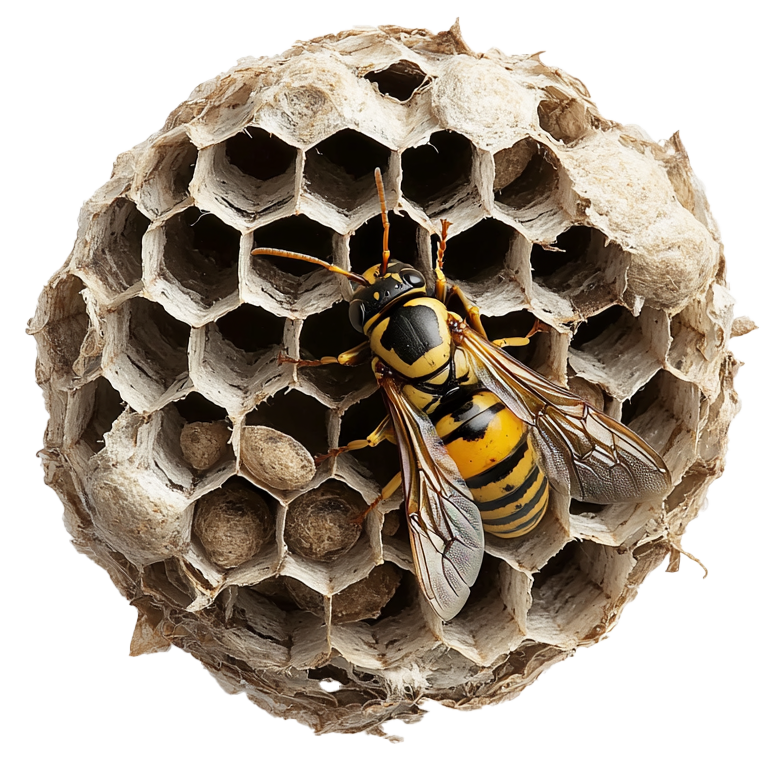Discovering a wasp or hornet nest on your property can quickly turn a peaceful day into a stressful situation. These stinging insects don’t just disrupt your outdoor activities—they pose genuine health risks to you, your family and pets. The good news? With some simple preventative measures, you can make your property significantly less attractive to these unwanted guests.
Why wasps and hornets choose your property.
Wasps and hornets are looking for three things when selecting a nesting location: shelter, building materials and food sources. Understanding their preferences helps you eliminate what attracts them in the first place. They typically seek protected areas like eaves, attics, tree hollows and even underground spaces to build their nests.
5 Effective Prevention Strategies
1. Seal entry points.
One of the most effective prevention methods is simply denying wasps and hornets access to potential nesting sites:
- inspect your home exterior for cracks, gaps or holes and seal them with caulk
- install fine mesh screens over vents and openings
- repair damaged window screens and weather stripping
- keep doors and windows closed when not in use, especially during peak wasp season
These tiny openings provide perfect access for scouts looking to establish new colonies.
2. Remove Food Sources

Wasps and hornets are attracted to:
- Uncovered garbage cans
- Pet food left outdoors
- Fallen fruit from trees
- Open soda cans and sweet drinks
- Outdoor meat during barbecues
Keep food covered, clean spills promptly and secure garbage in tightly sealed containers.
3. Manage Your Landscape
Your yard can either attract or deter stinging insects:
- Trim bushes and trees away from your home
- Remove stumps and dead trees that provide nesting sites
- Fill holes in your lawn where ground-nesting species might settle
- Consider planting natural repellents like mint, citronella and eucalyptus
Regular maintenance reduces potential nesting spots significantly.

4. Eliminate Standing Water
Like mosquitoes, wasps are attracted to water sources:
- Empty kiddie pools when not in use
- Clean gutters to prevent water accumulation
- Check for leaky outdoor faucets and fix them
- Ensure proper drainage around your foundation
Reducing moisture reduces the appeal of your property to these unwanted visitors.
5. Early Spring Inspections Matter Most
The best time to prevent nesting is early spring before colonies establish. Look for:
- Paper wasps starting small, umbrella-shaped nests under eaves
- Hornets beginning golf ball-sized nests that will grow extensively
- Yellow jackets entering and exiting ground holes or wall voids
Catching nests when they’re small means easier, safer removal.
When to call the professionals.

DIY prevention has its limits. Professional help is important if:
- You discover multiple nests on your property
- You’re allergic to stings
- Nests are in hard-to-reach areas
- Previous removal attempts have failed
- You notice aggressive behavior from the insects
Attempting to remove established nests without proper equipment and training creates serious health risks.
The Terminix Advantage
Don’t wait until wasps or hornets have established large colonies on your property. Taking preventative action now saves you stress, potential stings and costly removal later. Our Terminix pest control technicians have the proper equipment, protective gear and treatments to safely eliminate wasp and hornet nests. They can also identify potential nesting sites you might have missed and provide customized prevention strategies for your specific property.
When stinging insects show up, so do we. Call or text us today at 800-284-7911 or fill out a quick contact form–and take back your yard.